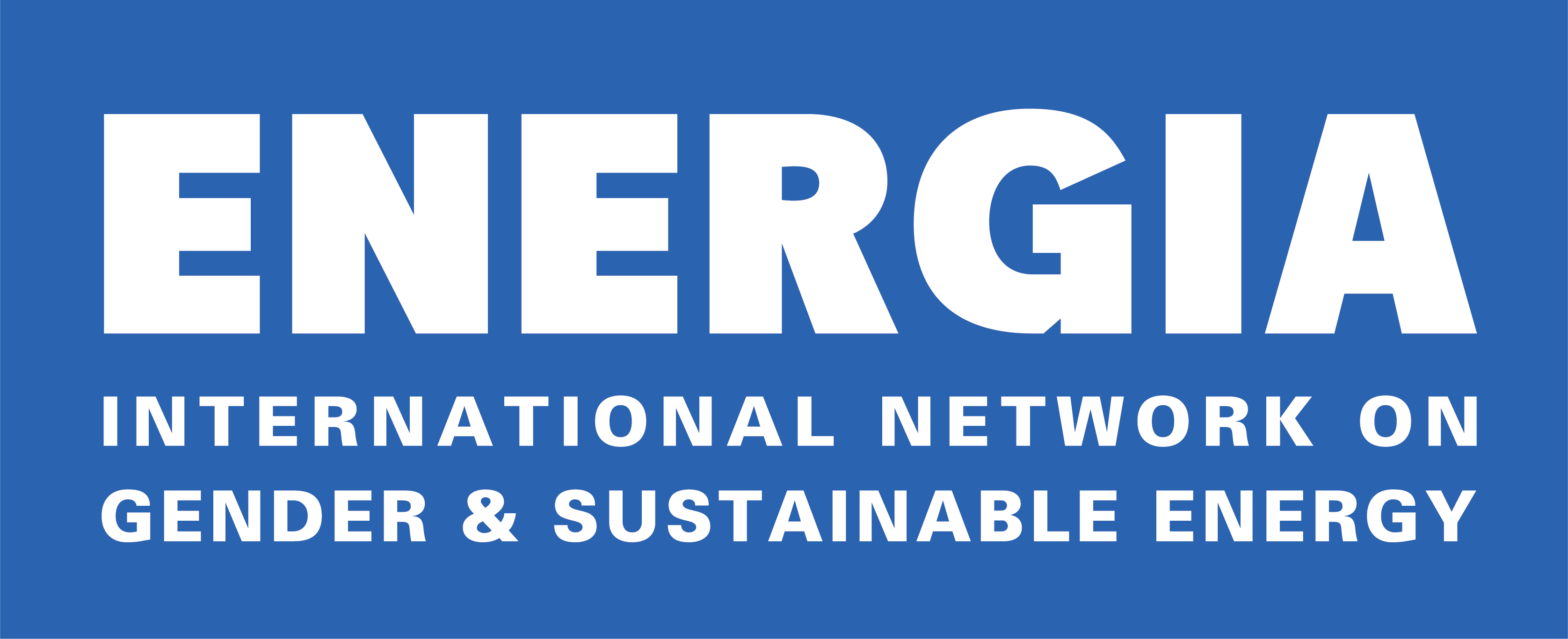Energy access
Globally, 7.9 million people still lack access to electricity and close to 3 billion people still cook with traditional cooking fuels and technologies. This number rises up to 4 billion people if we also consider other aspects, namely whether cooking energy is also efficient, convenient, safe, reliable, and affordable (The State of Access to Modern Energy Cooking Services, World Bank Group). This means that a significant portion of the global population – particularly in Sub-Saharan Africa and rural areas- is not able to adequately meet their daily needs. They do not have electricity in their homes, streets, schools and health facilities. Simple actions like reading at night, cooking a meal in a clean environment, pumping clean water for essential hygiene, refrigerating food or medicines, and having access to information and technologies are a challenge in these regions. The lack of appliances and mechanical power solutions further contribute to poverty and inability to improve people’s socio-economic state.
The benefits of having access to affordable, reliable, sustainable and modern energy have repercussions on various levels:
- household level (e.g. LED lights for illumination after dark, televisions for information and entertainment, clean cooking technologies, home appliances such as ironing, washing machine, fans for space cooling, time saving on activities)
- productive economic activities (e.g. sewing machines or hair clippers for trades, mechanised water pumps for irrigation, mills for processing grain)
- community services (e.g. health clinics, schools)
- economic and social empowerment (e.g. social interaction, self-confidence, independent income, increased agency and control over resources).
Access to clean energy services is good for social, environmental and economic development.
The gender and energy nexus: Impacts on women and opportunities
While energy poverty affects almost half of the world’s population, women and girls disproportionately bear the burden of energy poverty because of gender norms and traditions, which hinder equal access to modern energy services. Men and women have different energy needs and capacities to access energy services and appliances. This is a consequence of societal gender norms, and differences in responsibilities and opportunities. In this context, gender-blind approaches further institutionalise and perpetuate existing inequalities. This is why we need to create a gender-responsive energy sector that enables women and men to equally benefit from energy services and supports their socio-economic potential.
At household level, women do three times as much unpaid care and domestic work as men, including household chores and cooking, both unpaid and invisible according to UN Women. Relying on traditional stoves and fuels (biomass, kerosene or coal) increases the risks of health diseases for women and girls, who are primary cooks and suffer the most from respiratory illness caused by exposure to toxic smoke. In addition, women are responsible for water and fuel collection, which is not only a daily and time-consuming task, but it also exposes women to violence when walking in remote and isolated areas. Persistent gender gaps exist in education, where women account for two thirds of the 750 million adults without basic literacy skills. This increases women’s inability to be economically independent and have control over choices and resources.
Access to electricity for indoor and street lighting, and for powering end-use appliances can significantly reduce women’s drudgery and energy poverty. The time saved on these activities would considerably increase school enrollment for girls, reduce gender-based violence in remote areas, boost women’s opportunities to pursue income-generating activities and or enjoy leisure time. It also enables them to extend working hours or to study part-time and prepare themselves for employment, thereby increasing their income. Electrification has significant implications for health centers, which could improve conditions for women at childbirth, reduce maternal deaths and enable better storage of medicines. In addition, clean cooking solutions can positively impact their health conditions, reducing the exposure to household air pollution.
Gender differences are not only evident in the control over services and appliances that are purchased and available for household tasks, but also for activities related to income generation. As our research program found, women are limited in their choice of markets and jobs, have limited access to capital, and are twice as likely as men to work in the informal sector. Women’s limited access to capital and other resources also makes them more likely to specialise in lower-paid sectors. At the same time, they also face constraints to growing their business to a sufficient scale. Even when involved in the same type of activity, women tend to receive less income than men. When looking at women’s ability to access modern energy and the ways in which women engage in energy supply chains, women are disadvantaged in terms of ownership of productive assets and opportunities, including lower access to finance, education, land ownership, mobility and income. In addition, women’s involvement in energy-system supply chains as entrepreneurs, employees or decision-makers – particularly in non-traditional roles – is still a challenge.
Beyond positively impacting women’s livelihoods, safety and well-being, energy access offers women an opportunity to earn an income by creating clean energy businesses which directly use energy (e.g refrigerators, mills, water pumps) or sell energy appliances and services (e.g. solar panels, clean cookstoves, solar lamps). Engaging women in the energy supply chain ultimately contributes to their empowerment, building their self-confidence and agency. Further, it can challenge gender norms in their households and communities, while increasing gender equality (see: Women’s Economic Empowerment). Female energy entrepreneurs are also critical in the last-mile distribution of clean energy appliances and services due to their knowledge of women’s need and unique ability to connect with consumers in remote, rural communities.
Why applying a gender lens is important
Gender equality and energy access are inextricably linked, and addressing them together can offer multiple development gains, including poverty reduction, food security, health, education, clean water and sanitation, jobs, innovation, reduced inequality, and climate protection.
Without urgent action, about 620 million people will remain without access in 2030 (85 percent of them in Sub-Saharan Africa) and almost 30 percent of the population worldwide will still be without access to clean cooking solutions by 2030 (Tracking SDG 7, ESMAP). This scenario jeopardizes the achievement of universal energy access and reinforces gender inequalities in the energy sector (see: How we work).
By ensuring energy access to all, we tackle some of the persistent gender inequalities. In turn, a more gender-balanced energy sector contributes to a broader socio-economic development and a faster transition towards a cleaner future.
However, we cannot achieve gender equality and universal energy access without applying a gender lens to energy programs, projects and policies to ensure an equal and sustainable future where both men and women have access to and control over sustainable energy services. This requires political commitment, investments and the establishment of gender-responsive global and national energy sector policies backed by evidence, sex-disaggregated data and gender assessments in energy planning processes.
Lastly, as primary users and key actors of clean energy deployment in last-mile areas, women must be part of the solution. Women’s representation in decision making roles must be increased and their participation should thus be more widely fostered through education, training and mentorship opportunities, work-life balance policies, gender responsive policies, programs and legislation and initiatives to reduce the digital divide and invest in digital solutions. Also at international levels, governments and industry need to act to address gender norms and overcome barriers to ensure women’s full participation and career advancement. This would unleash women’s potential, which is often untapped.

